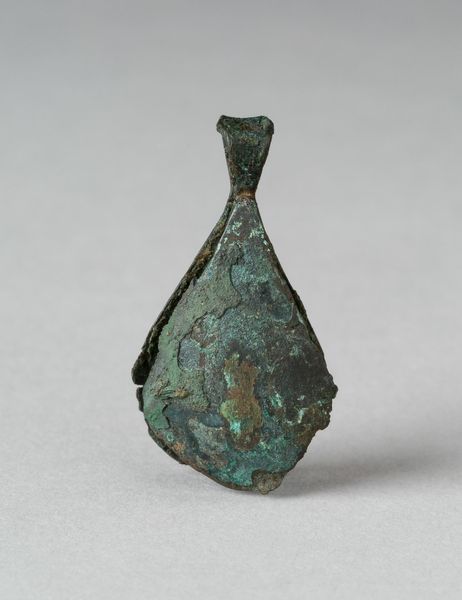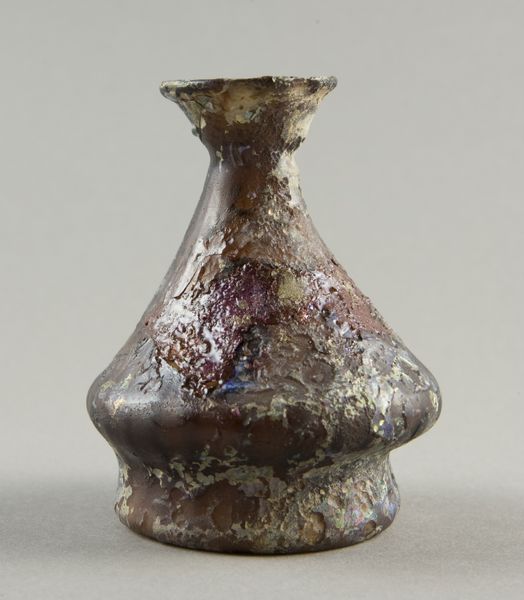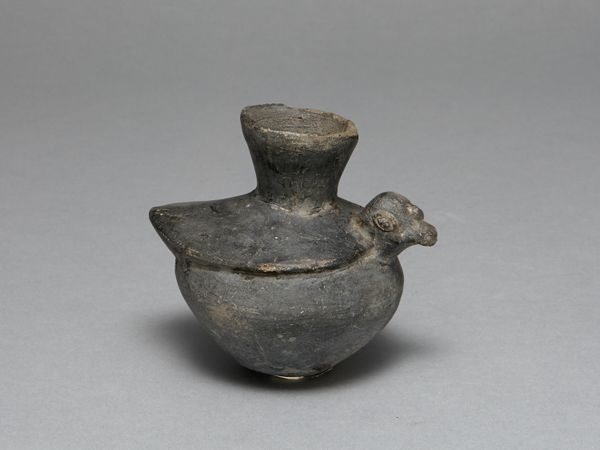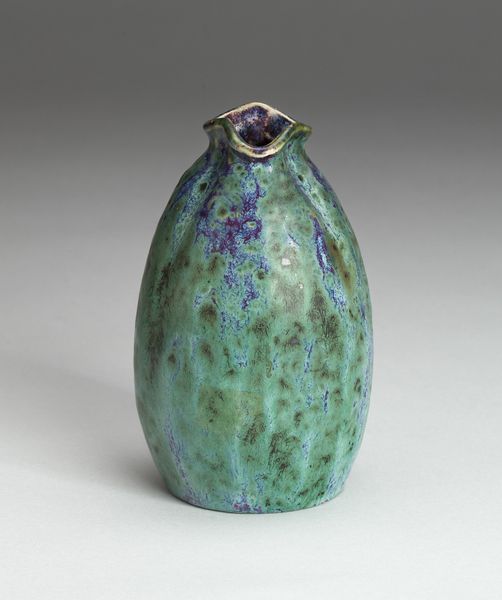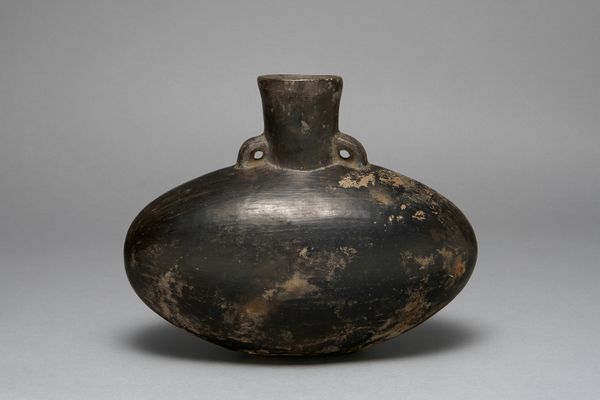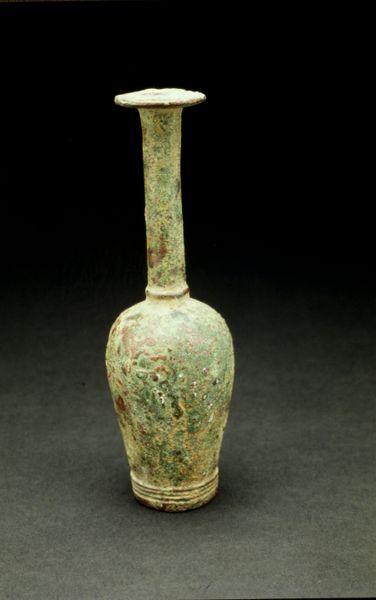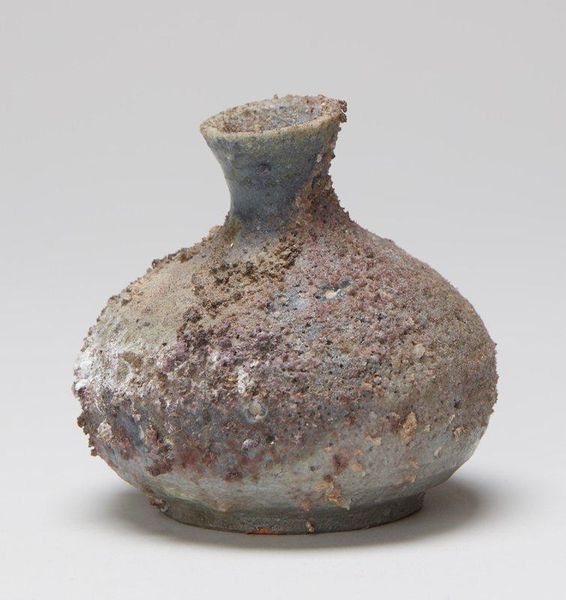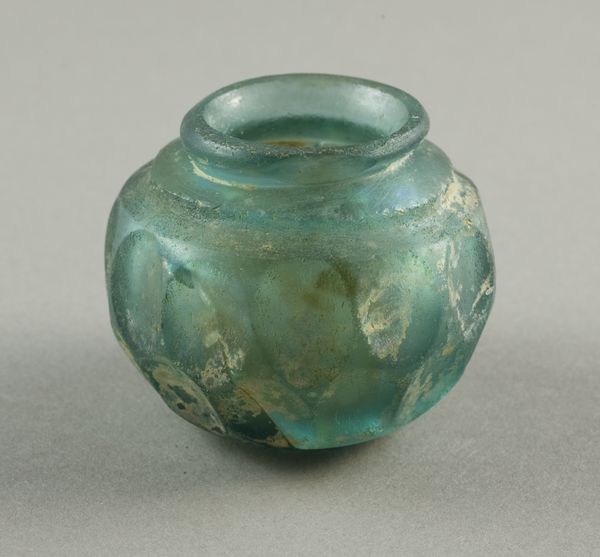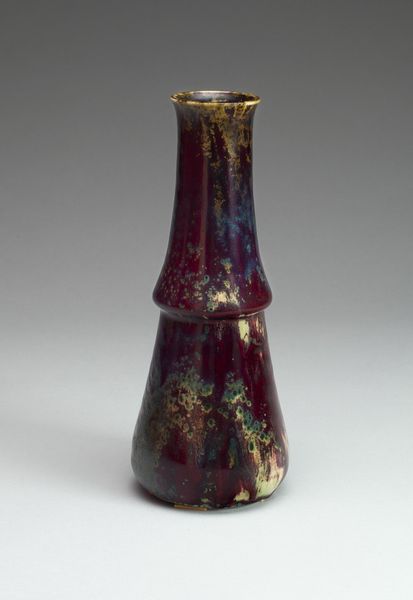
bronze, sculpture
#
bronze
#
ancient-mediterranean
#
sculpture
Dimensions: H. 3.2 cm (1 1/4 in.)
Copyright: Public Domain
Editor: Okay, so next up we have these Oval-shaped Tweezers, dating back to around 1000 to 1400 AD, made by the Chimú culture. They're bronze and on display here at the Art Institute of Chicago. When I first saw these, I couldn't help but imagine what life would have been like for the person who used them. What catches your eye about them? Curator: That's a lovely point to linger on. They're humble and universal, aren’t they? In a way, they're timeless. And in looking at them, I can almost feel the weight and texture of the bronze. But then, I wonder what they tweezed? Was it practical grooming, or something perhaps more symbolic? The Chimú culture was incredibly sophisticated; what kind of adornment, or even ritual, might these have been involved in, I wonder? What do *you* think? Editor: That's interesting! I hadn't considered the ritual aspect. I was thinking about the practical side of things. I guess I assumed they were just… well, tweezers. But you’re right, there could be more to it. Maybe they were status symbols, carefully crafted and owned only by the elite? Curator: Precisely! Or consider the *value* placed upon hair, perhaps. Bronze was laborious to work; these aren't just a functional tool, they represent skill, intention... How different, really, are they from the bejeweled tweezers sold today? These almost make you ponder the artistry of the everyday object, don’t they? It's almost a question about time itself! Editor: I suppose so! It’s amazing to think how much history can be wrapped up in something so small and seemingly insignificant. I’ll never look at tweezers the same way again! Curator: Precisely the point! That's what happens when you truly meet an artwork; the everyday transforms, like a small doorway opening onto unexpected vistas.
Comments
No comments
Be the first to comment and join the conversation on the ultimate creative platform.
